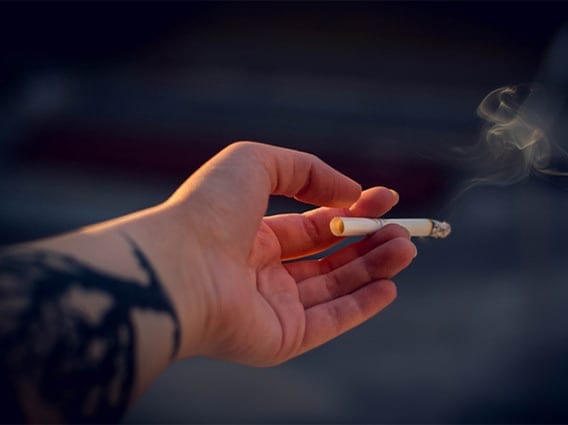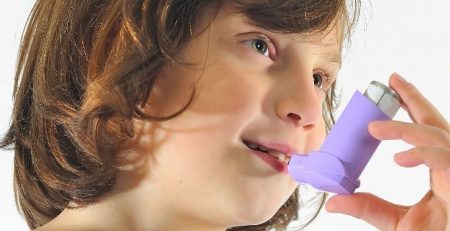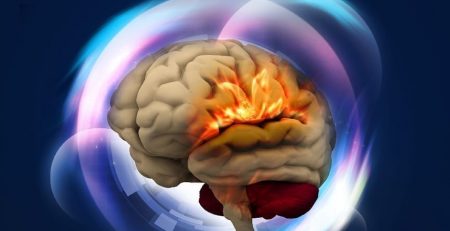Harvard Researchers Find Link Between Emotions and Addictive Behavior
Through four integrated studies, a team of researchers based at Harvard University believe they’ve found a link between emotion and addictive substance use. Ultimately, they found that sadness, “more than other negative emotions, heightens craving to smoke and likelihood of relapse,” according to a release from the university.
“The conventional wisdom in the field was that any type of negative feeling, whether it’s anger, disgust, stress, sadness, fear, or shame, would make individuals more likely to use an addictive drug,” said lead researcher Charles A. Dorison, a Harvard Kennedy School doctoral candidate. “Our work suggests that the reality is much more nuanced than the idea of ‘feel bad, smoke more.’ Specifically, we find that sadness appears to be an especially potent trigger of addictive substance use.”
Each study utilized different methods. The first study examined data from a national survey, tracking 10,685 people over 20 years. Researchers found sadness among participants was associated with being a smoker and those who had quit relapsed one and two decades later. “Notably, other negative emotions did not show the same relationship with smoking.”
The second study was designed to test causality. 425 smokers were recruited for an online study. One third were shown a sad video clip about the loss of a partner; one third were shown a neutral video clip, and the final third were shown a “disgusting video involving an unsanitary toilet.” All participants were then asked to write about a related personal experience. The researchers found those with a sadness condition who had viewed the video about personal loss had higher cravings to smoke than either of the other groups.
The third study took a similar approach, measuring “actual impatience for cigarette puffs rather than mere self-reported craving.” Nearly 700 participants watched videos and wrote about life experiences that were either sad or neutral, and were then given the choice between having fewer puffs of a cigarette sooner, or more puffs after a delay. Those in the sadness group were more impatient to smoke sooner than those in the neutral group.
The fourth study recruited 158 smokers to test how sadness influenced actual smoking behavior. Participants were randomly assigned to either a sadness or control group. After abstaining from smoking for eight hours, smokers sat in a private room and either watched a sad video and wrote about great loss, or watched a neutral video and wrote about their work environment. Participants then smoked their own brand of cigarette through a device that measured the total volume of puffs, and their speed and duration. Researchers found smokers in the sadness group made more impatient choices and smoked greater volume per puff.
Read more in-depth coverage of the four studies in the Proceedings of the National Academy of Sciences.














